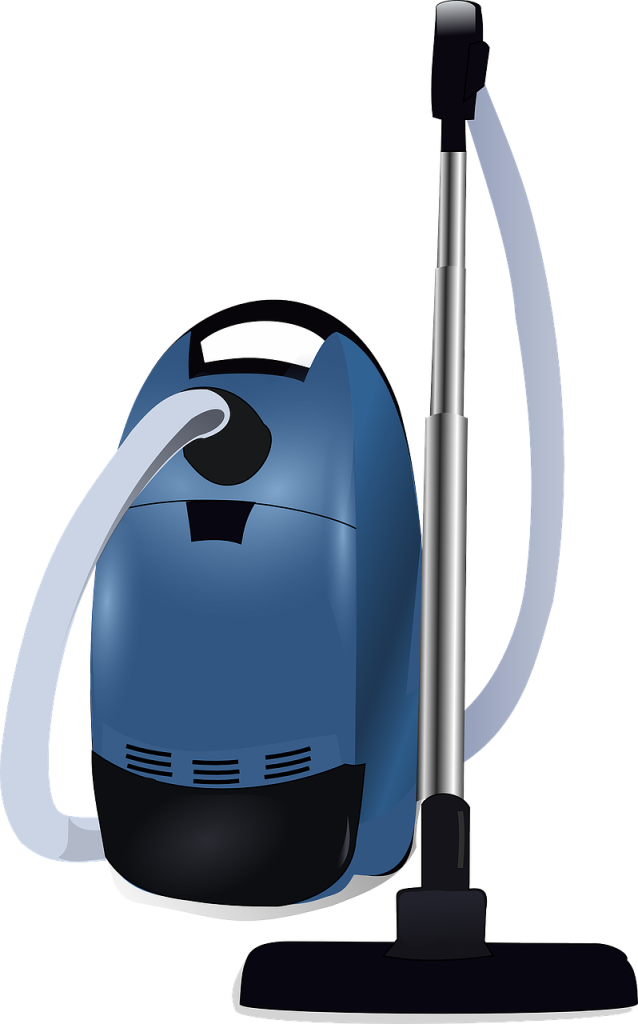Cleaning can sometimes feel like a never-ending task, with countless rules and techniques to follow. But amidst all the advice and tips, there is one fundamental rule that reigns supreme: consistency. Whether it’s tackling a messy room or maintaining a tidy space, the key to effective cleaning lies in adopting a consistent routine. In this article, we will explore why consistency is the most important rule of cleaning and how it can transform your approach to keeping your surroundings clean and organized.
The Most Important Rule of Cleaning
Cleaning plays a crucial role in maintaining a clean and organized environment. It ensures that our surroundings are hygienic, aesthetically pleasing, and conducive to both physical and mental well-being. While there are various aspects to consider when it comes to cleaning, the most important rule that should always be followed is consistency. Consistency is key in order to effectively manage cleanliness, address safety and health concerns, and set realistic expectations.

This image is property of pixabay.com.
Maintaining a Clean and Organized Environment
A clean and organized environment has numerous benefits. It promotes the overall well-being of individuals by reducing stress levels, improving focus, and boosting productivity. When our surroundings are clutter-free and tidy, it becomes easier to locate items, maintain good hygiene practices, and ensure the longevity of our personal belongings. Whether it’s our home, workplace, or any other space we occupy, maintaining cleanliness and organization should be a top priority.
Understanding the Importance of Consistency
Consistency in cleaning is vital because it prevents the accumulation of dirt, dust, and other substances that may pose health hazards. By consistently keeping our surroundings clean, we minimize the risk of allergies, respiratory problems, and infections caused by bacteria or viruses. Additionally, regular cleaning helps prevent the need for extensive deep cleaning, saving us time, effort, and money in the long run.

This image is property of pixabay.com.
Best Practices for Effective Cleaning
To achieve effective cleaning, it is essential to follow some best practices. These include using the right cleaning products and tools for each specific task, ensuring proper ventilation during cleaning processes, and adopting techniques that prevent cross-contamination. It is also crucial to read and understand product labels to ensure safe and appropriate usage. By following these best practices, cleaning becomes more efficient and yields better results.
Addressing Safety and Health Concerns
Cleaning should always prioritize safety and health concerns. It is essential to use cleaning products that are environmentally friendly, non-toxic, and safe for both humans and pets. Additionally, proper handling and storage of cleaning chemicals must be practiced to avoid accidents or exposure to harmful substances. Adequate protective gear, such as gloves and masks, should be utilized when dealing with potentially hazardous materials or situations.

This image is property of pixabay.com.
Setting Realistic Expectations
When it comes to cleaning, it is crucial to set realistic expectations. Cleaning is an ongoing process, and it is important to understand that achieving perfection may not always be possible. Setting realistic goals helps to avoid frustration and burnout, allowing us to focus on making consistent progress in maintaining cleanliness. By acknowledging that cleaning is an ongoing task and accepting imperfections, we can develop a healthier mindset towards the process.
Utilizing Proper Cleaning Techniques
Proper cleaning techniques are essential for efficient and effective cleaning. For example, when dusting, using a microfiber cloth traps dust particles rather than spreading them around. When mopping, using a figure-eight motion ensures thorough coverage. Understanding and implementing these techniques can make a significant difference in achieving higher cleanliness standards and reducing the need for re-cleaning.

Prioritizing High-Traffic Areas
High-traffic areas are those that experience frequent use and, therefore, accumulate dirt and grime more quickly. These areas, such as entryways, living rooms, and kitchens, should be prioritized during cleaning. By focusing on these areas, we can ensure that the most commonly used spaces are consistently clean and inviting for both ourselves and guests. Regular maintenance in these areas contributes to a cleaner and safer overall environment.
Implementing a Routine Cleaning Schedule
Developing a routine cleaning schedule is fundamental in maintaining consistency. It helps to establish a cleaning routine and ensures that all areas of a space are regularly attended to. Whether it’s a daily, weekly, or monthly schedule, consistency in cleaning tasks prevents the accumulation of dirt and makes cleaning more manageable. A routine also helps in delegating tasks amongst household members or organizing cleaning efforts in a shared space.

Adapting to Different Cleaning Needs
Cleaning needs can vary depending on the space, its occupants, and individual preferences. Adapting to these different cleaning needs is essential in order to achieve optimal cleanliness. For example, households with pets may require more frequent vacuuming or specialized cleaning products for pet-related messes. Understanding and accommodating specific cleaning needs helps to maintain cleanliness that suits the unique demands of the environment.
Adopting an Eco-Friendly Approach
In today’s world, it is crucial to adopt an eco-friendly approach to cleaning. By using environmentally friendly cleaning products, reducing waste, and practicing proper disposal of cleaning materials, we contribute to a healthier planet. Eco-friendly cleaning products are often safer for both humans and the environment, reducing the exposure to harsh chemicals. Making sustainable choices in our cleaning practices reflects a responsible and caring attitude towards our surroundings.
In conclusion, when it comes to cleaning, consistency is the most important rule to follow. It ensures a clean and organized environment, addresses safety and health concerns, and sets realistic expectations. By utilizing proper techniques, prioritizing high-traffic areas, implementing a routine cleaning schedule, and adapting to different cleaning needs, we can effectively maintain cleanliness in various environments. Additionally, adopting an eco-friendly approach to cleaning demonstrates our commitment to the well-being of both ourselves and the planet. So remember, be consistent in your cleaning efforts and create a clean and inviting space for yourself and others to enjoy!
